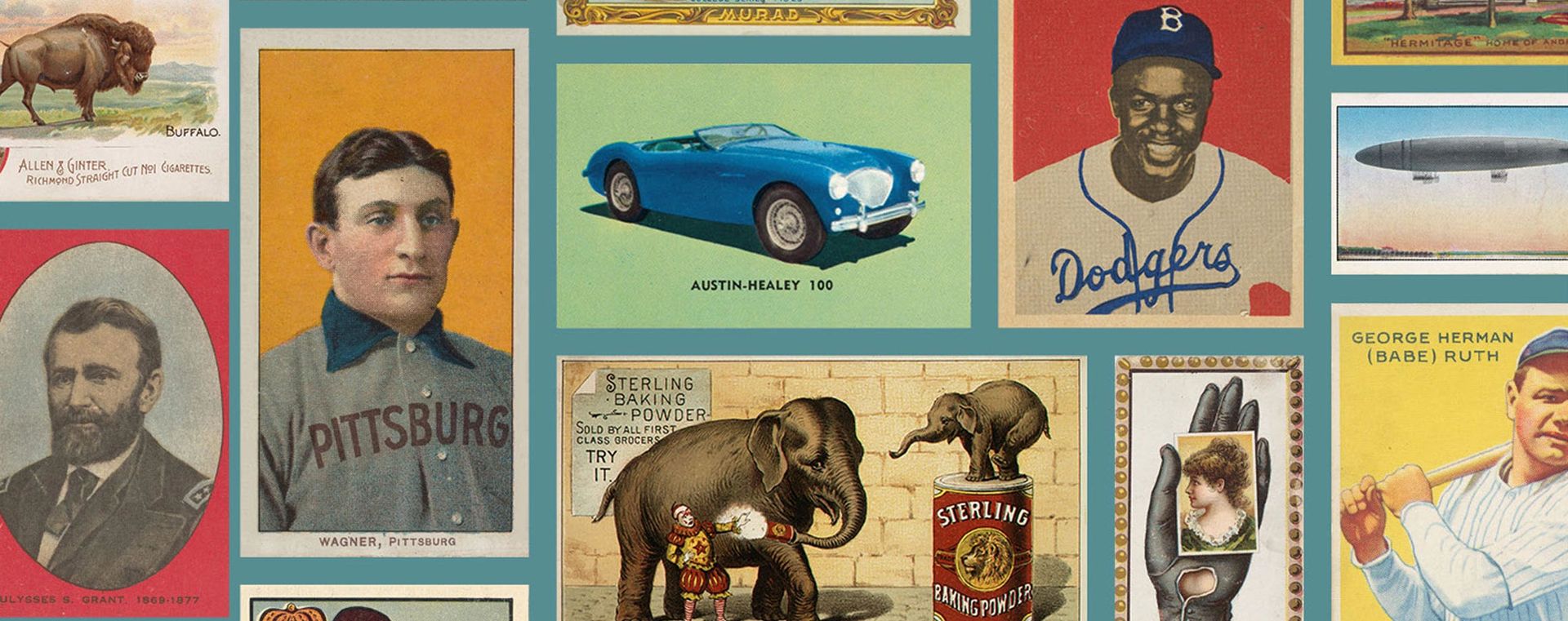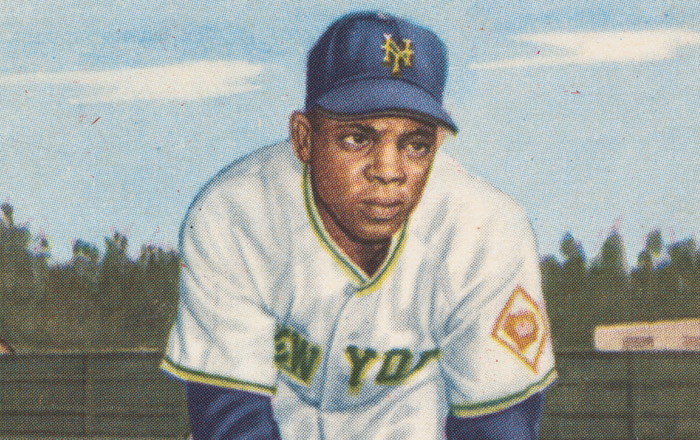
The Jefferson R. Burdick Collection
In 1947, after having reached an agreement with A. Hyatt Mayor, curator of prints and photographs, Syracuse electrician Jefferson R. Burdick (1900–1963) began to donate his entire collection of approximately 303,000 advertising inserts, postcards, and posters in large batches to The Metropolitan Museum of Art. The Jefferson R. Burdick Collection constitutes a primary part of the Museum's collection of ephemera, and helps tell the history of popular printmaking in the United States.
Collected by Burdick from the age of ten, the cards date from the 1860s to 1963. Dissatisfied with the initial organization and storage system of the enormous gift, Mayor had Burdick install his little Art Nouveau oak desk from home in the only available corner of the department and compile the collection himself into albums. Burdick spent the next fifteen years in the Museum creating a structure for various types of contemporary advertising material. In organizing the albums Burdick adhered to a strict cataloguing system that he devised and published as the American Card Catalog (first edition 1939, with revised editions appearing through 1960). Burdick's method remains the standard system used by all collectors of early American printed ephemera.
In 1960 Burdick wrote that a card collection is "a magic carpet that takes you away from work-a-day cares to havens of relaxing quietude where you can relive the pleasures and adventures of a past day—brought to life in vivid picture and prose." Burdick's collection fulfills the mission set out by the founding curator of the Prints department, William Ivins, who understood that a truly encyclopedic collection throws open the gamut of human life and endeavor, and should be like the library of a professor of great literature: composed of a corpus of works in themselves distinctly works of art and filled out and illustrated by many other objects that have only technical, historical, social, or religious importance.
This project is made possible by Beth and Leonard Wilf.
Baseball at The Met
The baseball cards collected by Jefferson R. Burdick represent the most comprehensive collection outside of the Baseball Hall of Fame in Cooperstown, New York.
Famous Faces
Another dominant focus of Burdick's collection was stage-and-screen celebrity cards, which document the progression of printed media.
Postcards
These cards show the ephemeral histories of modern America, and were frequently collected because of their subject matter, design, or historical interest.
Sports Cards
Burdick's immense collection includes all types of sports cards ranging from football, boxing, basketball, baseball, and swimming, to equestrian sports and sailing.
Watch "Why Do You Collect?," a Vsauce video featuring the story of Jefferson R. Burdick.



